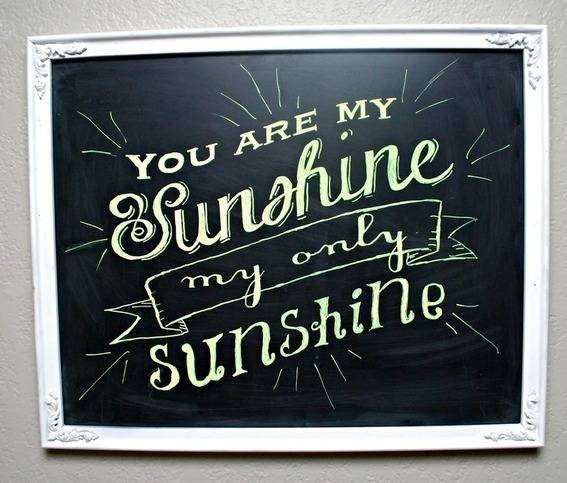Come on, you know you’ve always wanted to learn! Find out how to draw your own name – graffiti style – from the good folks over at WikiHow.
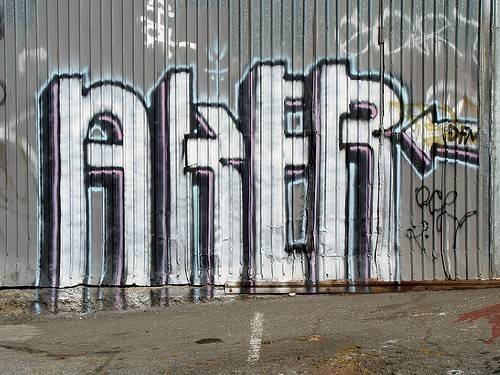
1. Familiarize yourself with different styles of graffiti. Wherever you live, you can probably find graffiti nearby. If not, visit a city–graffiti is predominately urban. If this isn’t possible, go online. Hundreds of websites showcase graffiti; take a virtual tour of styles from across the globe. Some pieces are high-quality, but the more you see the better you’ll know the characteristic styles.
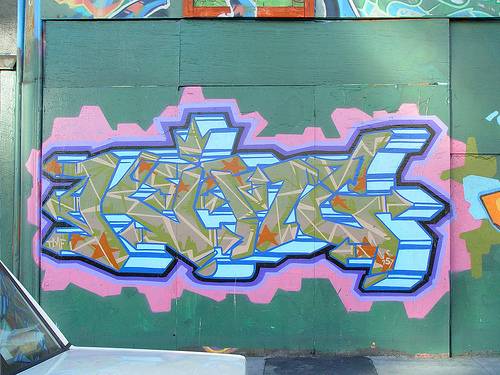
2. Write down a name on paper. Start with any word, but your name is a good choice. Most serious graffiti artists start by developing a unique signature. As a beginner, print the letters, all in capital letters. Use a pencil, and draw lightly for easy erasing. Leave plenty of space between letters; you’ll expand them to fill in the space later. Make them big enough to work with, but not so big that it will take forever to complete the graffiti.
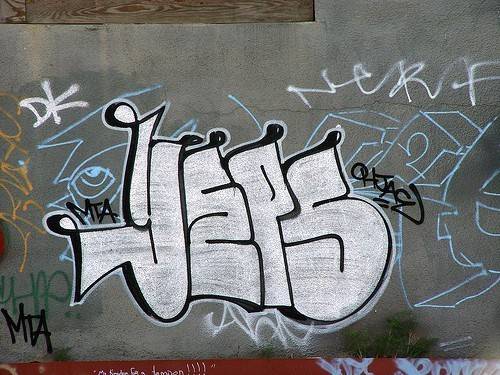
3. Choose a style for the name. Bubble letters are especially popular in graffiti (see How to Draw Bubble Letters), but there are other styles, too. You can have rounded edges or sharp, equally sized letters or some big letters and some small, etc. It’s easier to emulate a style, and have a picture of a graffiti piece in that style to refer to. Once you learn the basics you can develop your own style naturally.
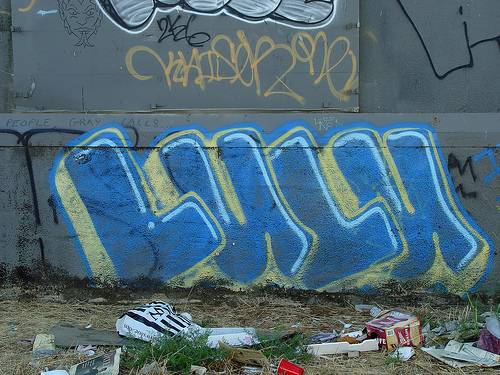
4. Outline the letters you have written to approximate the style you’re going for. Again, use pencil and write very lightly, as you’ll make many little mistakes. It will take time and patience to get the letters just right. Remember: make the original words you wrote your guide, not your prison. Don’t be afraid to alter the letters beyond all recognition.
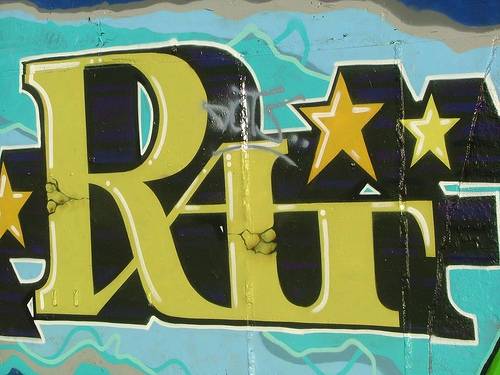
5. Vary line thickness. You can make all the lines the same thickness, but you can approximate shading and a 3-D effect if the lines get thicker and narrower at different places (for example, the top and one side of an “o” might be very thick, while the bottom and other side is narrowed). Use your pencil to vary the thickness; you’re going to darken this out with ink or marker later, so it doesn’t need to be pitch black. By doing this step now, you can get a good idea of what thicknesses looks good before you make the lines permanent.
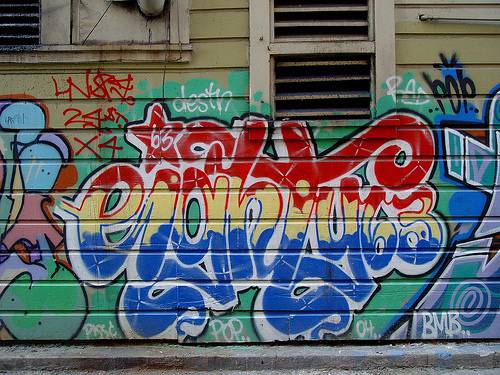
6. Add details as desired. Once your letters are as you want them, you can add additional details–with light pencil–if you choose to. Perhaps a lightning bolt for the dot of an “i” would be good, or eyes peering out of the holes in your “b”. You can put a bubble around the whole name, like in comic books. The possibilities are limited only by your imagination.
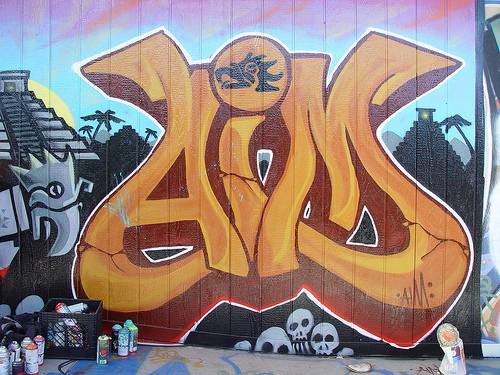
7. Copy your drawing. Put the pencils away, so now, everything is permanent. If you make a disastrous mistake(s)–you won’t be able to do much about it. Copy your drawing for a backup. Use a copier and adjust the darkness setting so that the light pencil lines show in the copy. You can also trace the drawing onto another piece of paper, but this will be difficult because of the lightness of your drawing. To trace what you have, wait until after the next step or trace a photocopy.
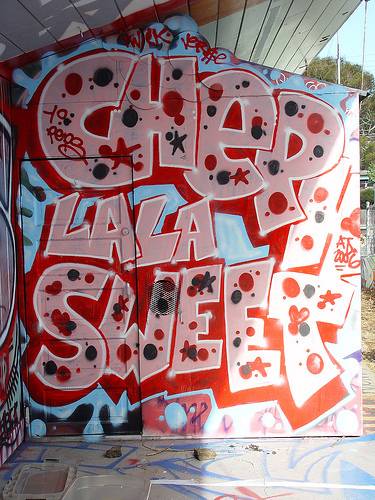
8. Blacken your pencil lines. Use pen or marker to darken the lines drawn with your pencil. These lines are more or less permanent, so be extremely careful. Don’t be discouraged with small mistakes; you can usually fix it so nobody else will know.
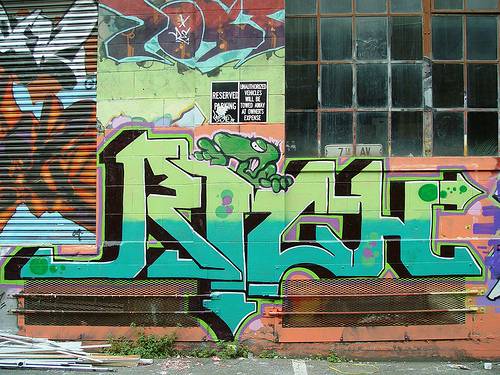
9. Add color to fill in your drawing with colored pencil, marker or crayon. Again, it’s a good idea to look at examples before doing this, but really you can do anything you want. A very simple graffito (a single work of graffiti) can have only one color. You can also easily do each letter in a different color or make the added details a different color than the letters. While you might be tempted to go crazy with color, sometimes simplicity is best. Graffiti artists traditionally had to work secretly for fear of getting caught–many still do–and so they could carry only one or two different colors of spray paint at a time–a lot of very good graffiti is just one color.
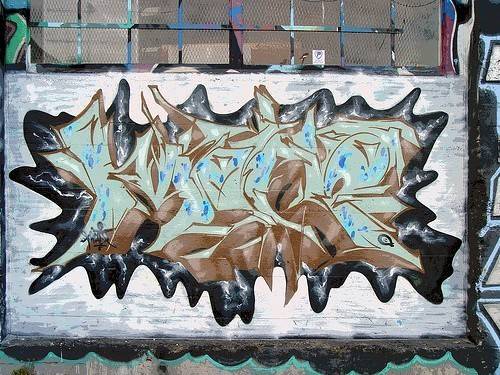
10. Keep practicing. If your graffiti turned out perfectly, congratulations. Now move on to different words and effects. If not, keep trying. Master the simple moves first and then work your way up–you’ll soon develop your own style. Carry your own “black book” and don’t copy people’s art.
Love the look of hand-lettering? Be sure to check out Cheater Chalkboard Art…
